The table across from me holds three characters. A woman clad in an off the shoulder turquoise top fans herself as her face seems to glisten. The woman seated next to her reads a magazine with black-rimmed glasses on the very tip of her nose. The man at the table appears relaxed, transfixed on the woman in turquoise. Then, another colorful character enters the picture, a woman dressed in gathered leather pants. Probably well into her sixties, she dances to the “cha cha” truly as if no one is watching her. This group sits and dances to my diagonal right in a loud bar in Porto. Potentially the youngest person here, I get my first taste of Porto, Portugal.
Waiters adorned in cheap tuxes and skewed hair serve steak and fish dishes. A band plays by the bar to all up-tempo songs. An older crowd turns toward the music as a few, like Miss Leather pants, get up and dance. Most are couples twirling about, appreciating a Friday night in Porto. To say Porto was colorful, from its characters to its buildings, would in fact be a Portuguese understatement.
Not having too much time to spend with the city the next morning, wandering became key toward understanding Porto. The northern Portuguese city sits at the mouth of the Rio Douro. With claims of being Henry the Navigator’s birthplace, Porto’s history is tacked up on every tiled walled.
Strolling through Porto, you are bound to encounter that tile work. On the facades of churches, light blues and whites add an element to the city I couldn’t quite place. Addresses to homes are laid in tile work, with some hosting more creative names.
To see Porto from above, the Clerigos Tower makes you work for it. Completed in 1763, the tower was used by ships as a guide into Porto. Baroque and designed by Italian architect Nasoni, climbing to the top, some 240 steps and 76 meters up, once again, the tile work of Porto becomes apparent.
Heading down toward the Ribeira district, the UNESCO listed and approved section of the city by the water, Ponte de Dom Luís I connects Porto and its Gladys Kravitz of a neighbor, Vila Nova de Gaia. So close to Porto, you may confuse the two areas for being one city. On a hot summer day, the preteens of Porto find comfort in putting on a show for all of the tourists. One by one they jump off of Ponte de Dom Luís I, the work of a student of Gustave Eiffel. The elderly of Porto don’t find this scene so amusing as an old man stands on the bridge shaking his head, personifying Porto’s struggle of the old and the new.
The courage of those preteens embodied Porto for me. The city crumbles and decays in areas throughout, as Lisbon tends to steal most of the big city attention in the country. However, Porto continues to make subtle leaps and bounds to grab you in, whether it is the characters in a bar dancing beyond years on a Friday night, the loud titles surprising you with the turn of a church corner or those 14 year olds down by the Douro, using the river as their source of good, old fashioned fun.

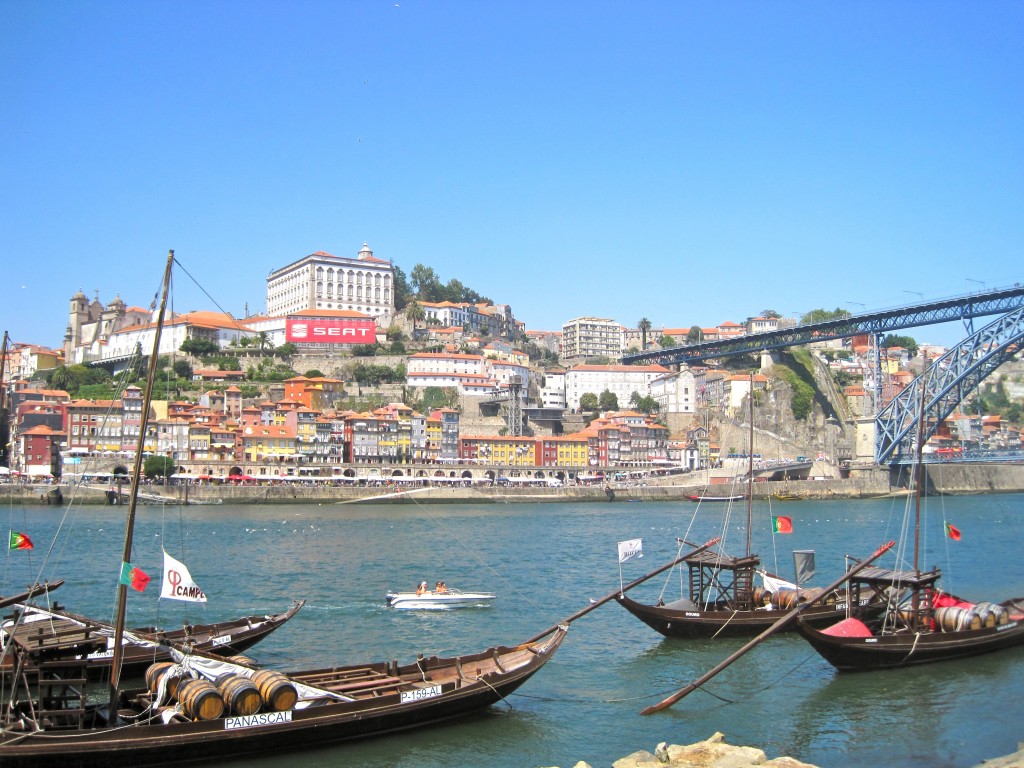
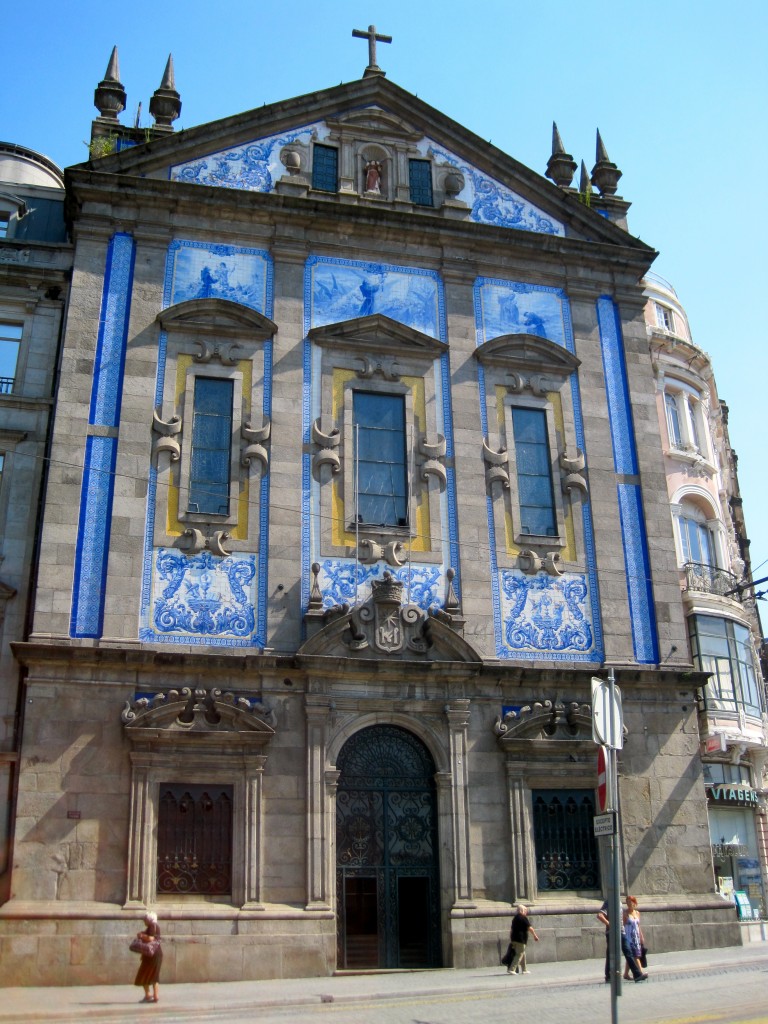
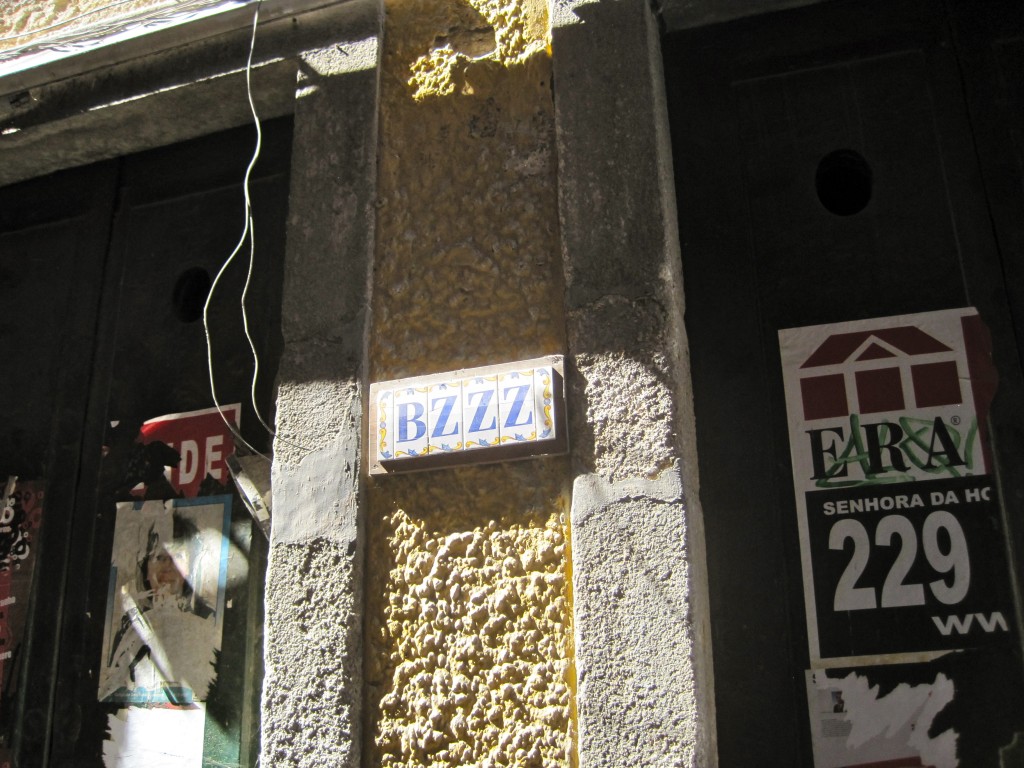
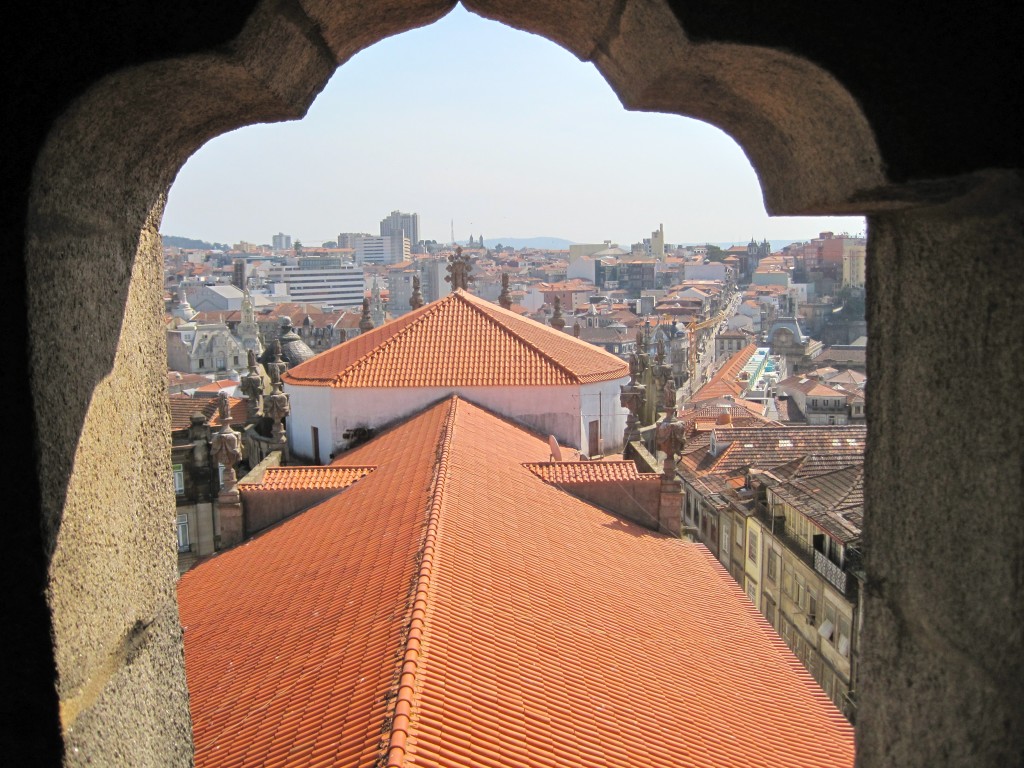
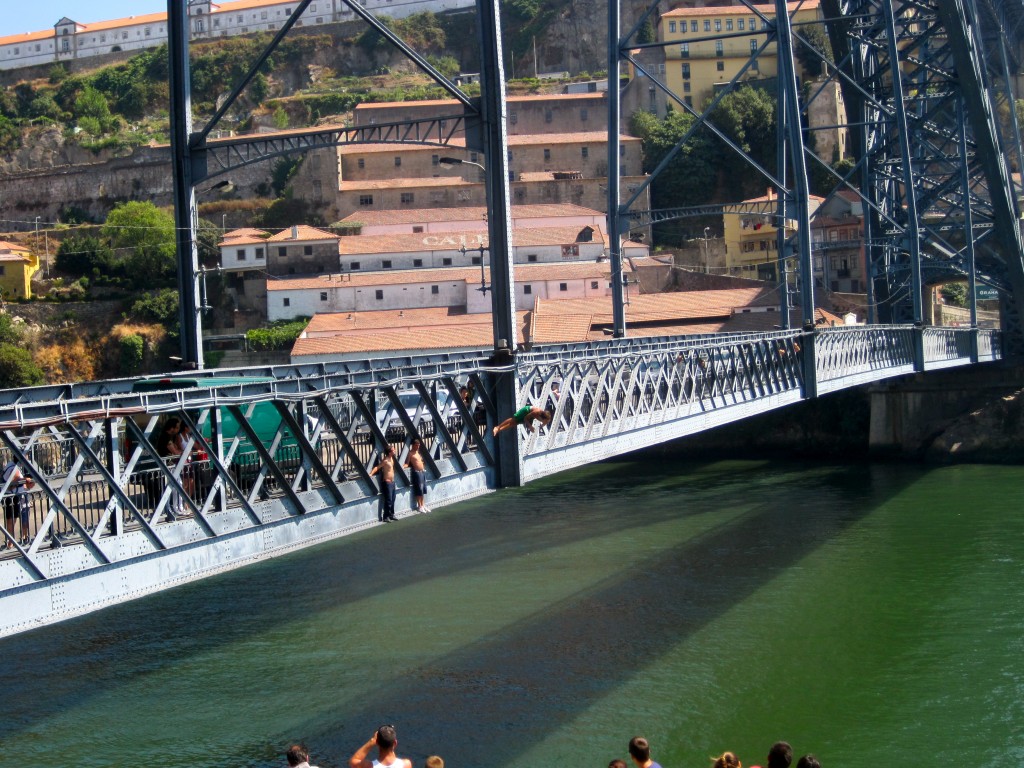
Great post Suzy! It looks like a very colourful and complex place. That struggle between old and new is quite evident in the photos and architecture of the city centre. It sounds like a fascinating place which I do hope to see some day!
Porto was both colorful and complex, very different from Lisbon I thought. You will have to go someday!
Loved Porto, though I only had a day.
I love my city =)
Hope you liked it =p
*